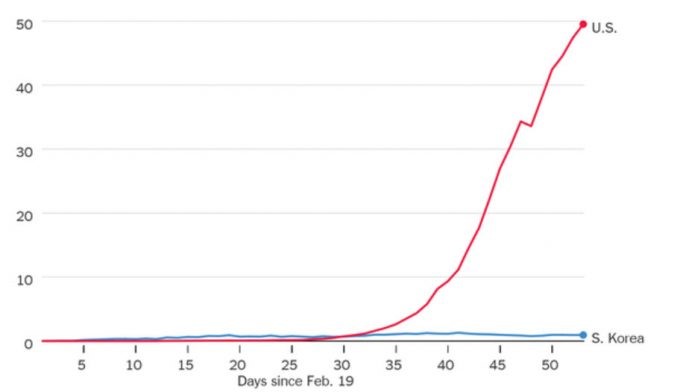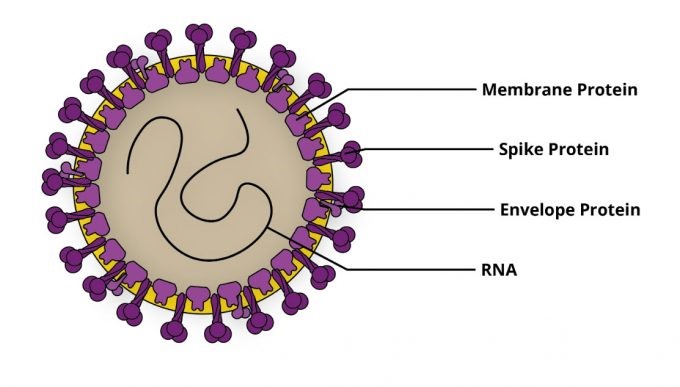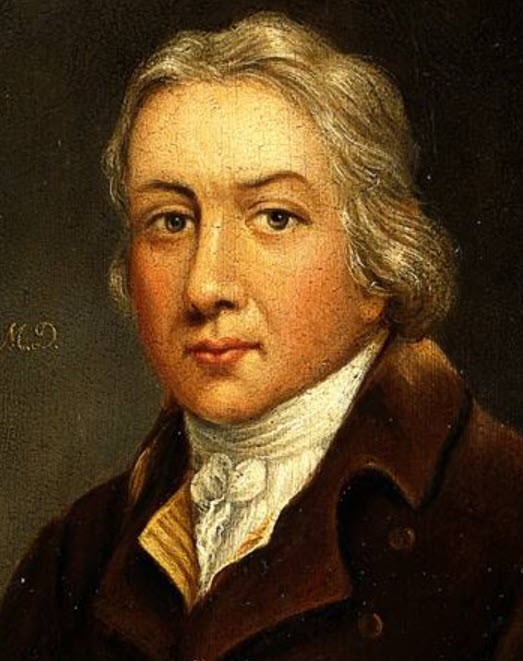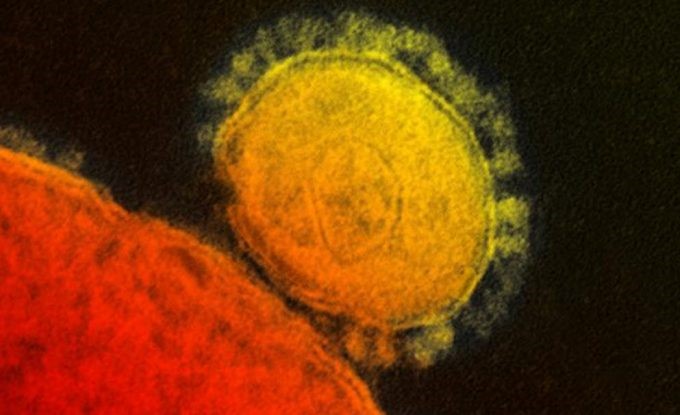In the first three installments of his white paper, Al Brooks talked about the underlying math behind the Coronavirus pandemic, our unique inability to address it, and a search for solutions. Hear we talk about the importance of a vaccine.
The importance of a vaccine
Can we stop the virus without a vaccine? Yes, but our political leaders are choosing the easy way out. Tell people to be careful and hope for the best. It will work reasonably well, but I think a much more aggressive approach for six weeks would be better.
Look at China, South Korea, Australia and Taiwan. Most cities in China have not had a new case in six weeks and they do not have a vaccine. And there have been very few new cases in South Korea, Australia or Taiwan.

Deaths per 10 million people in the United States is 60 times greater than in South Korea as of today (this chart from the New York Times was published in April). Johns Hopkins University data is some of the most respected out there. Its show that the U.S. death rate is 30 dead per 100,000 people. Compare that to South Korea, which has 0.52 deaths per 100,000 people. They handled this 60 times better than us. Not 50% better or twice as good; 60 times better!
If you prefer to look at a big European country, Germany has had 10 deaths per 100,000 people. That is 3x better than us. Why? Their leadership put science ahead of politics.
Why are we so far behind the truly great countries? They are not using a secret plan. What they do is simple. They test extensively to find every infected and exposed person, then quarantine the person for 14 days. If we did that, the infection would be over in six weeks without a vaccine and without any treatment. We would sacrifice for six weeks and save hundreds of thousands of lives and trillions of dollars.
Basic virology
What is a virus? A virus is a clump of genetic material, either RNA or DNA, covered with a protective protein layer. The coronavirus is an RNA type of virus. It has a greasy overcoat. Since soap binds to fats, the Center for Disease Control (CDC) hopes that washing hands with soap will coat the viral surface and prevent the virus from attaching to cells.

Its surface proteins attach to your cell surfaces. The virus then works its way through the cell membrane and into the cell. Its RNA takes control over the cell’s replication process. The cell manufactures virus particles instead of new cells. Then the cell dies. When the cell wall breaks down, the new virus particles then go on to invade and destroy other cells.
The coronavirus is especially attracted to lung cells. If it destroys enough lung cells, the patient suffocates to death.
Is a virus alive?
You sometimes hear of vaccines that use live viruses. That is misleading because it is not clear that a virus is a form of life. You would say that every cell in your body is alive. But if you take some RNA out of a cell, would you say that the RNA is alive? Probably not.
Remember, a virus is just a clump of RNA. You can think of it as a chain where every link is one of only four molecules. It is pretty simple. This is similar to computer code, which is just a chain where every link is either a zero or a one, yet it can accomplish incredible things. For example, it allows me to write this on my computer and you to read it on the internet.
A cell is generally considered the smallest form of life. Bacteria are cells and are therefore a form of life. They are at least 20x bigger than viruses.
There are many things within a cell, and the cell needs them to stay alive. But those things are not alive. RNA is an example. When it is within a cell, it can affect the cell’s function, but the RNA is not the life form. It is just a collection of molecules.
The collection can do something, and doing something sounds life-like, but they are not alive. The molecules in dynamite can do something as well, so just being able to do something is not enough to qualify as life.
History of vaccines
Long ago in England, some cows had blisters on their udders, and it spread to other cows. They called this cowpox. At the time, no one could have imagined viruses, but people back then understood that some illnesses passed to other people or animals. The milkmaids often got blisters on their hands. Everyone understood that it was caused by the same thing that was causing the blisters on the cow udders.
Edward Jenner was a medical student at the time and he noticed that the milkmaids who caught cowpox did not get smallpox. It turns out that cowpox is a member of the Orthopox family of viruses, as is smallpox. The viruses are related.

Edward Jenner 1749-1823
Dr. Jenner had no way to know that, but he wondered if there was shared immunity. Maybe getting cowpox does something to your body that makes you not get smallpox. No one at the time had any concept of microscopic infectious agents like bacteria or viruses.
As a young country doctor in 1796, he took some fluid from a blister of a cowpox patient and scratched it into the skin of the arm of James Phipps, an 8 year old boy. James got a single blister and it went away. Dr. Jenner wondered if the boy would be like the milkmaids and never get smallpox.
Two months later, Jenner took some fluid from a blister of a smallpox patient and scratched that onto the boy’s skin. This is called a challenge and it could have killed the boy. But no smallpox developed. A new branch of medical science was born.
Can we do challenge testing?
Can we do a challenge on the people currently being given vaccines in testing? That would quickly let us know if the vaccine was effective.
We cannot because this is a deadly disease and there is no treatment. If they develop the infection, 1% will die and 20% of infected patients are at risk of having permanent damage to their lungs, kidneys, heart, and brain. You can only consider a challenge if you have a cure, in case the person gets sick from the challenge. There is no cure for Covid-19.
The 1st vaccine came from a cow infection
While Jenner is credited for inventing the 1st vaccine (vacca is the Latin word for cow), at least six other people had tried something similar to this before Jenner. However, he was the first to publish his results and to provide advice on how to produce his vaccine. Doctors throughout Europe copied his procedure and it resulted in a dramatic reduction in the number of new smallpox cases.
This sounds like the distant past, but before smallpox was eradicated in 1979, it killed almost a half a billion people. It used to kill 80% of infected children and it wiped out 90% of indigenous people of Mexico in the 50 years after Cortes’s arrival in 1519. It also killed as many as 50% of Native Americans in what is now the United States. Vaccines are incredibly important.
Creating a coronavirus vaccine
The media and the government are making the process of creating a Covid-19 vaccine sound simple. Just take a part of the virus, inject it into your arm, and you will then never get infected. But what does it mean, “take part of the virus?” A virus is not like a watermelon where you can just slice some off. So, what is it?
Our immune systems react to foreign proteins. It creates antibodies, which are also proteins, and they attach to the foreign proteins on the surface of the virus. This can prevent the virus from doing something harmful, like invading and killing cells.
Remember, a virus particle is covered with proteins. Some are responsible for attaching to cells. With the Coronavirus, the protein that does the attaching sticks out above the surface of the virus and it is called the spike protein. That is the focus of the vaccine makers. Making a vaccine that attacks other viral proteins will not stop the infection.
Coronavirus (yellow in below image) attaching itself to a cell (orange).

We must carefully select which proteins to immunize against. We need to create a vaccine that will specifically prevent the spike protein from doing damage. Sometimes people refer to this as “killing” the virus.
The vaccine does not kill the virus. But it stops the virus from multiplying. White blood cells then remove and destroy the damaged virus particles from the blood stream, ending the infection.





















